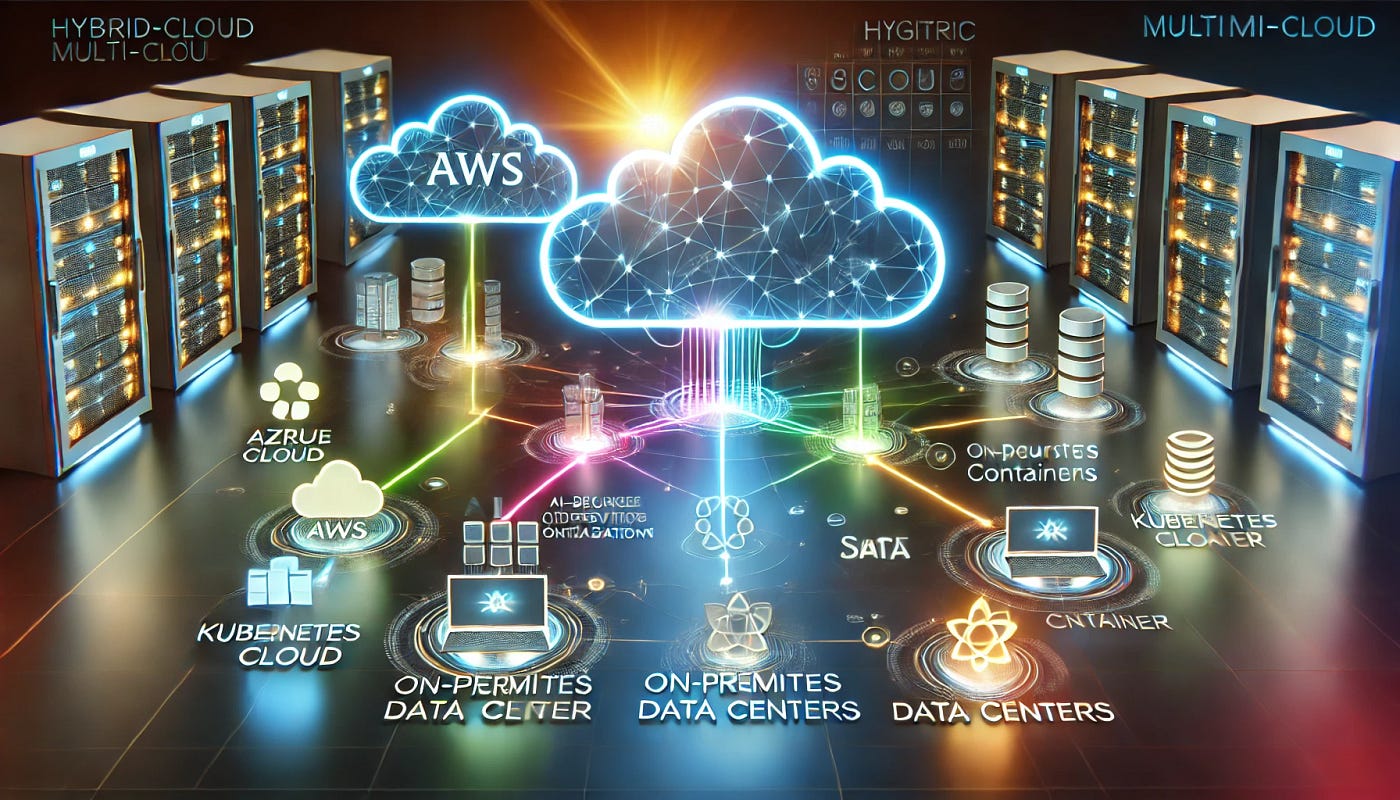Azure Cloud Security: Advanced Threat Protection in 2024
As cyber threats continue to evolve and become more sophisticated, Microsoft Azure has responded with a comprehensive suite of advanced security features designed to protect enterprise workloads and data. The latest updates in Azure's security ecosystem represent a significant leap forward in cloud-native threat protection and compliance management.
Microsoft Defender for Cloud Enhancements
The latest iteration of Microsoft Defender for Cloud introduces several breakthrough features that are reshaping how organizations approach cloud security:
1. AI-Powered Threat Detection
Generally Available
The integration of advanced machine learning algorithms enables real-time threat detection with unprecedented accuracy. This feature analyzes behavioral patterns across your Azure environment, identifying anomalies that could indicate potential security breaches before they escalate.
2. Unified Security Management
Public Preview
A single dashboard now provides comprehensive visibility across all Azure resources, including hybrid and multi-cloud environments. This unified approach allows security teams to manage policies, monitor compliance, and respond to threats from a centralized location.
Zero Trust Architecture Implementation
3. Enhanced Conditional Access Policies
Generally Available
New conditional access capabilities provide granular control over user access based on risk assessment, device compliance, and location. These policies automatically adapt to changing threat landscapes, ensuring that security measures evolve with emerging risks.
4. Identity Protection Advancements
Public Preview
Enhanced identity protection features now include biometric authentication integration and advanced risk scoring algorithms. These capabilities help organizations implement true zero-trust principles across their entire digital infrastructure.
Compliance and Governance Features
5. Automated Compliance Reporting
Generally Available
New automation capabilities streamline compliance reporting for regulations such as GDPR, HIPAA, and SOX. The system automatically generates compliance reports and identifies potential violations before they become critical issues.
6. Policy-as-Code Implementation
Public Preview
Organizations can now define and deploy security policies using code-based approaches, enabling version control, testing, and automated deployment of security configurations across multiple environments.
Advanced Data Protection
Encryption at Multiple Layers
Azure now offers enhanced encryption capabilities that protect data at rest, in transit, and in use. The latest updates include:
- Customer-managed encryption keys with HSM protection
- Confidential computing capabilities for sensitive workloads
- Advanced key rotation and management features
Data Loss Prevention Integration
Native integration with Microsoft Purview provides comprehensive data loss prevention across Azure services, ensuring sensitive information remains protected regardless of where it's processed or stored.
Implementation Best Practices
To maximize the benefits of these new security features, organizations should consider the following approach:
- Phased Implementation: Deploy new security features in stages, starting with non-critical environments
- Staff Training: Ensure security teams are trained on new capabilities and management interfaces
- Regular Assessment: Conduct ongoing security assessments to identify gaps and optimize configurations
- Integration Planning: Develop strategies for integrating new features with existing security tools and processes
Future Outlook
Microsoft's continued investment in Azure security demonstrates their commitment to providing enterprise-grade protection for cloud workloads. As threats continue to evolve, these advanced capabilities position organizations to stay ahead of emerging security challenges while maintaining operational efficiency.
The integration of AI, machine learning, and zero-trust principles into Azure's security framework represents a fundamental shift in how organizations can approach cloud security. By leveraging these capabilities, businesses can achieve both enhanced security posture and improved operational agility.




